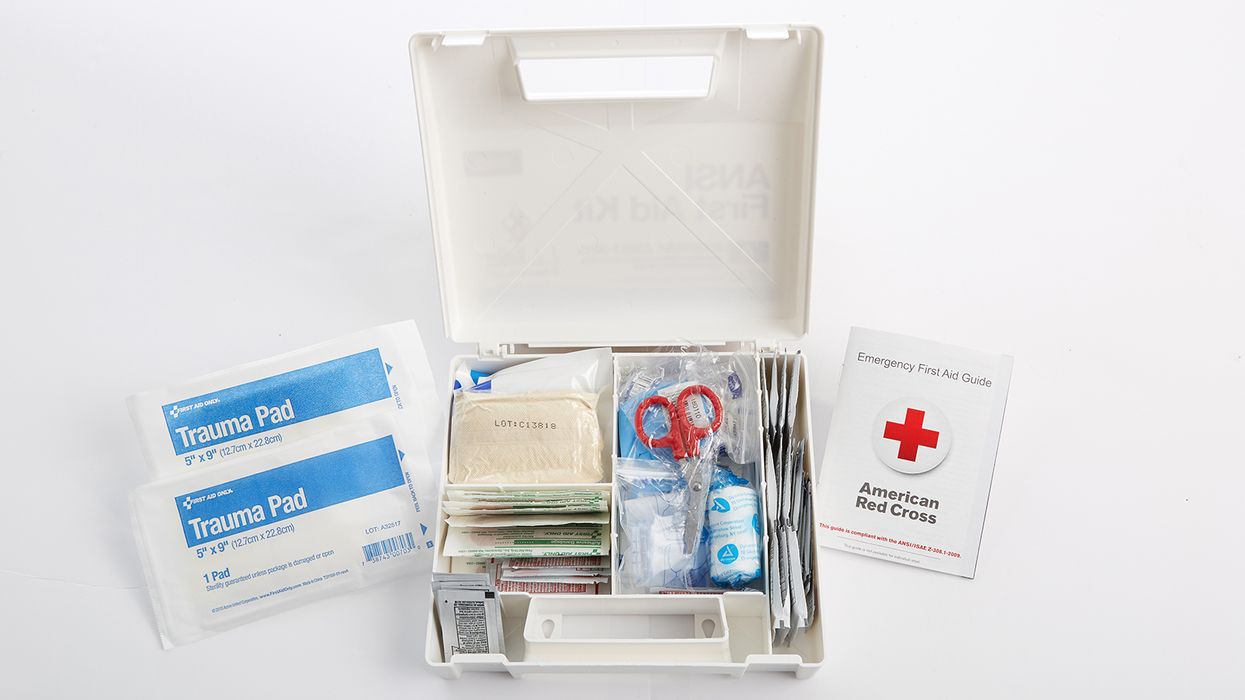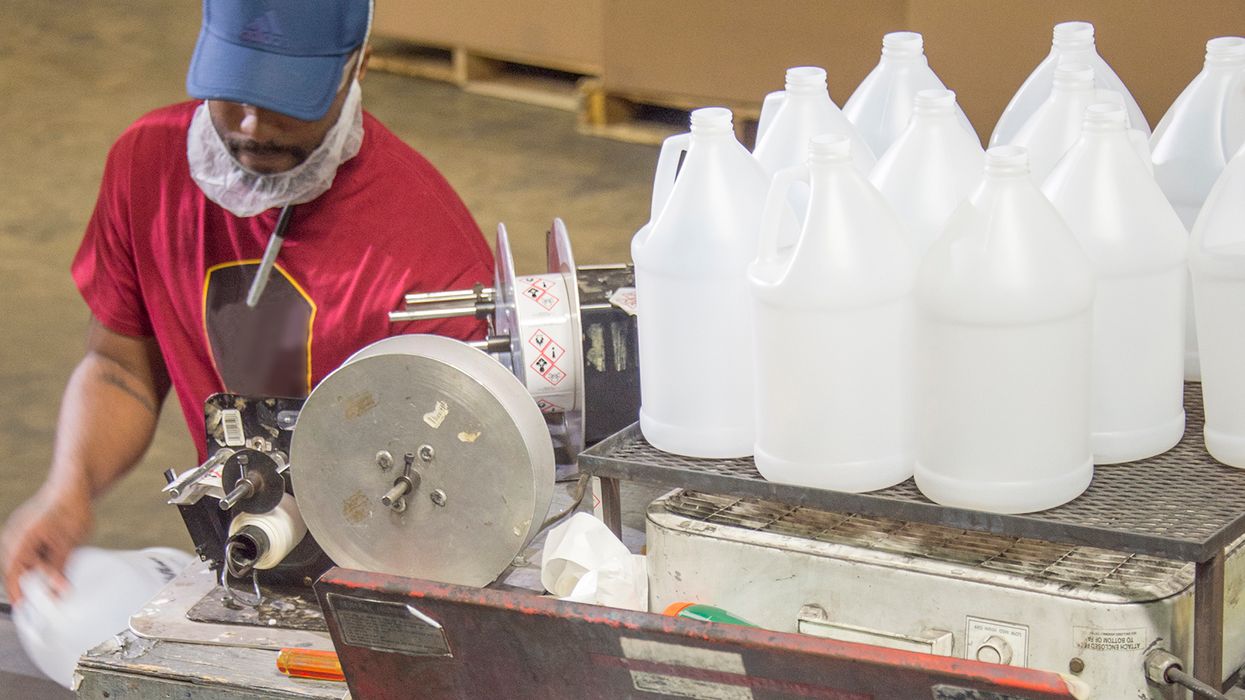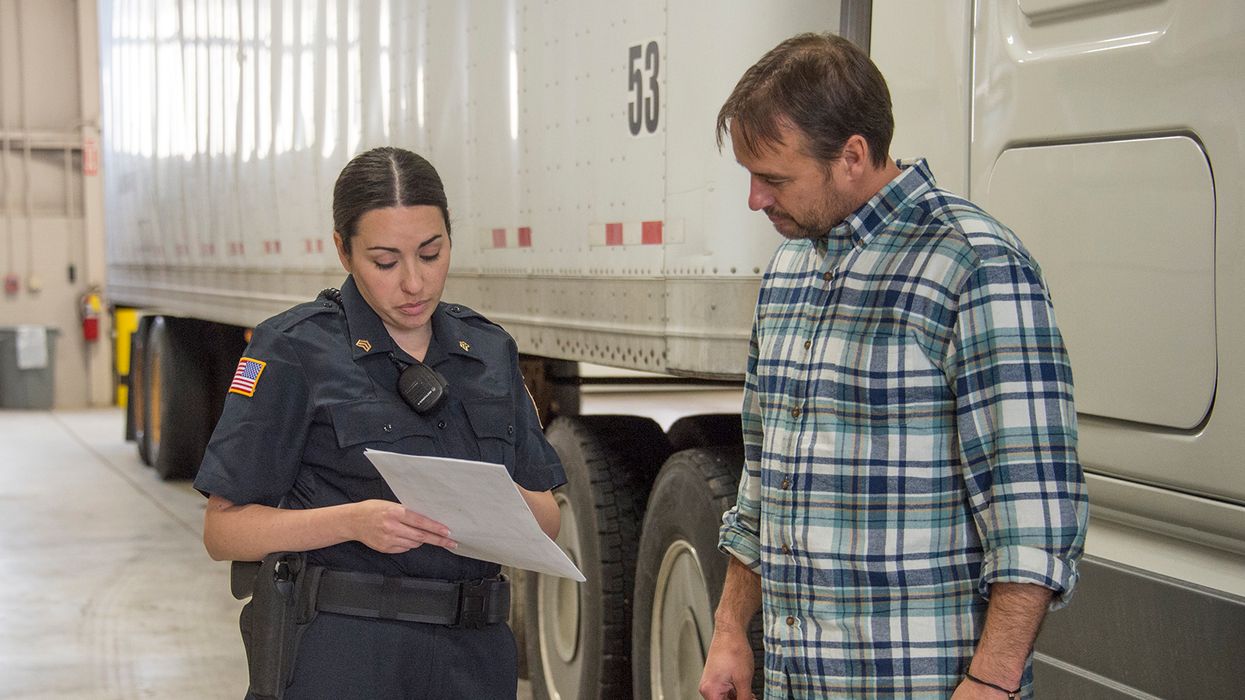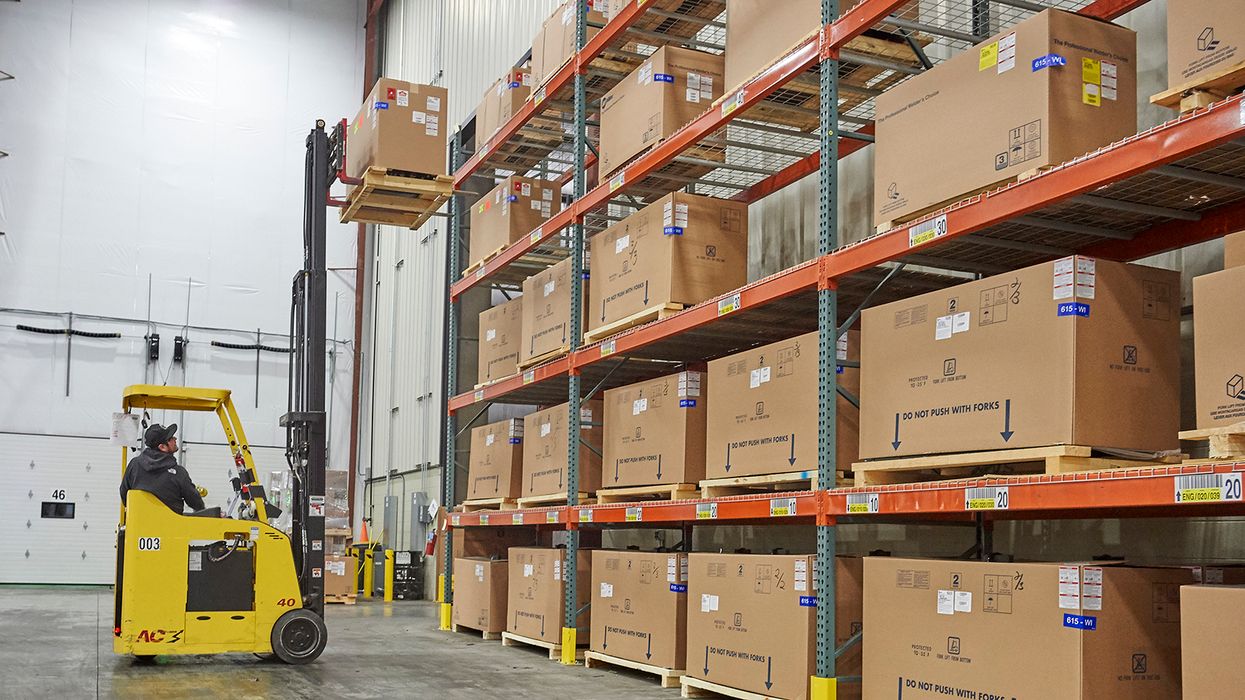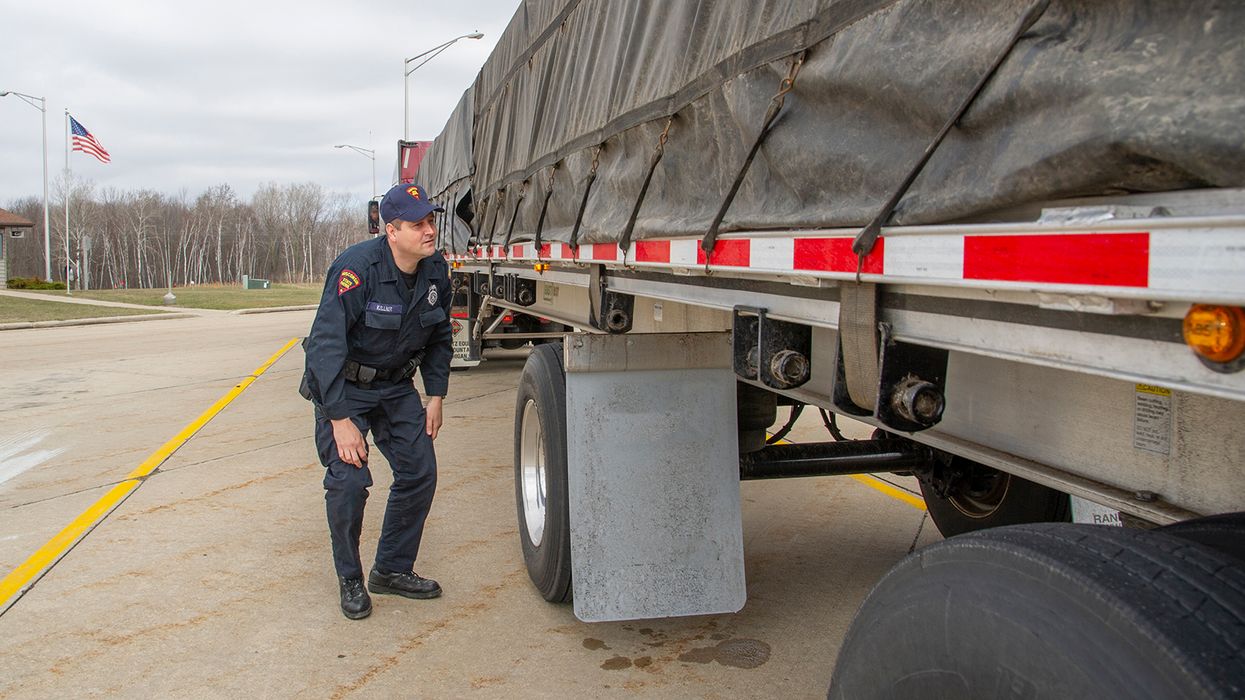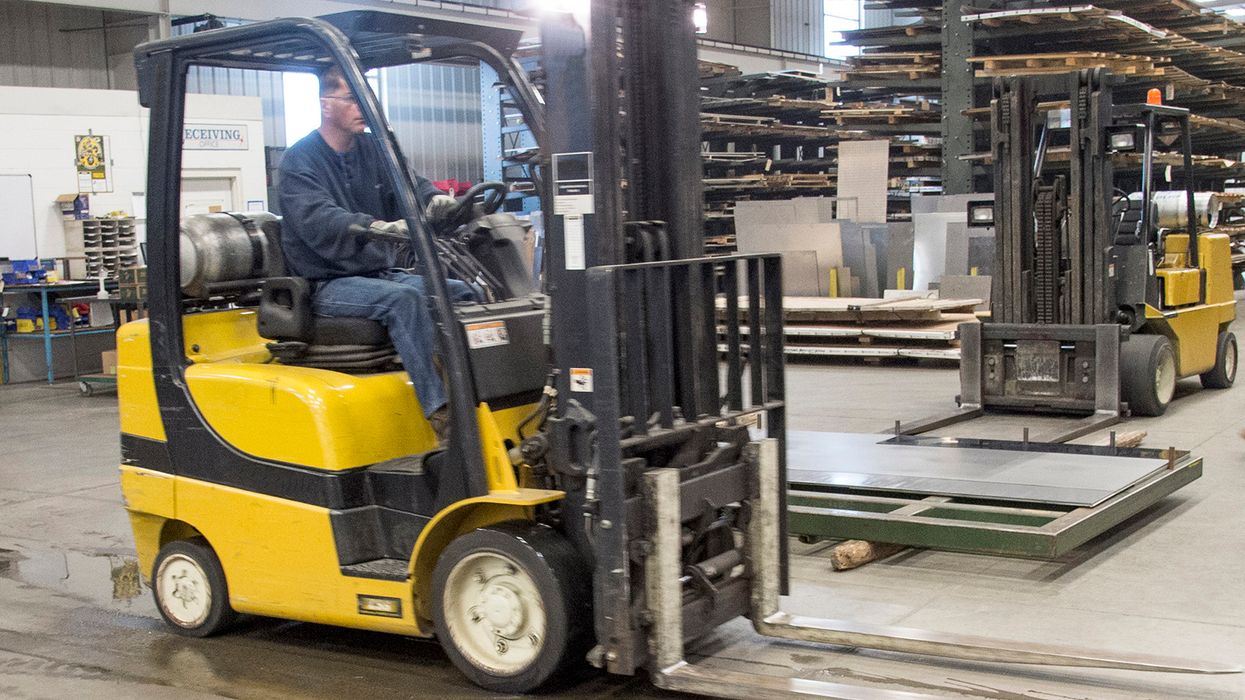Bring employees back to work as soon as possible
Perhaps no other part of injury management affects your bottom line more than a return-to-work (RTW) program. Its purpose is to bring employees back to work as soon as possible after an absence due to an injury or illness that physically restricts that worker from performing regularly assigned duties. This not only keeps insurance costs down but it’s also an essential part of employee recovery.
Return-to-work objectives and factors
The primary goals of establishing an effective, well-managed, medically restricted return-to-work (RTW) program are to:
- Decrease costs associated with disability;
- Improve outcomes through a speedy recovery; and
- Generally, improve employee morale.
Priorities when establishing return-to-work objectives
When possible, an effort must be made to return the employee to normal job duties and under the supervision of the previous day-to-day supervisor. This will best use the employee’s prior work experience. The transition back to work will be less stressful because the tasks, personnel, and work area will be familiar.
If the employee cannot perform normal job duties, place the employee in a transitional job within the same department or customary surroundings. When a transitional job is unavailable within the employee’s department, place the employee in an alternate department or situation where acceptable transitional work is available.
An effective RTW program should benefit all employees, whether or not the disability is work-related. To reserve assistance for only work-related cases tends to encourage employees to turn personal disabilities into workers’ compensation claims to get the additional benefits. It also sends the message that you are only concerned with managing these costs.
The likelihood of a successful RTW program is enhanced if both the injured employee and employer perceive it as beneficial. Unfortunately, the general rule is that employees and employers often hold diverging perspectives concerning the consequences of a work injury. Understanding the perspectives of each is necessary in dealing effectively with work injury and work re-entry.
Your company’s development and continued adherence to a philosophy that focuses on employees as the most valued asset are most important in bridging the differences between viewpoints. In keeping with this philosophy, it’s important to make every attempt to accommodate employees suffering a work-related injury and those temporarily or permanently disabled from performing their customary jobs due to personal injuries.
Factors that influence return to work
Multiple factors may affect an employee’s return to work following a work-related injury/illness. Work re-entry may be affected by the following:
- Medical status;
- Physical capabilities and limitations;
- Physical status;
- Work tolerance;
- Psychological/behavioral resources;
- Worker traits;
- Psychological readiness;
- Pain management;
- Work demands;
- Bio-mechanical (physical); and
- Psychological.
Remember, when injured or ill employees are off work for an extended period, they often develop common problems other than the injury or illness itself, including a progressive loss of self-esteem, depression, a fear of re-injury, delayed recovery, etc.

